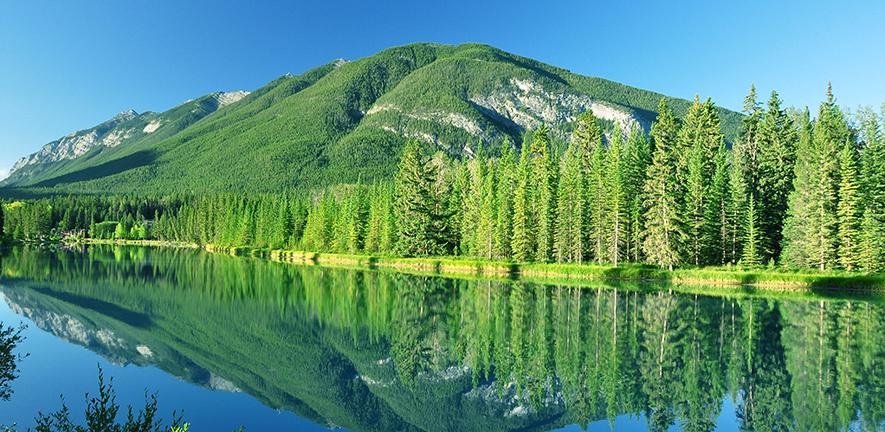Nov 19 2019
Thousands of different organic molecules that have earlier gone unnoticed are present in every drop of freshwater.
 Canadian lake. Image Credit: Jondolar Schnurr on Pixabay.
Canadian lake. Image Credit: Jondolar Schnurr on Pixabay.
A study has evaluated the diversity of these molecules and how they interact with their surrounding environment, unraveling an invisible world that influences the functioning of freshwater ecosystems and can add to greenhouse gas emissions.
Small shallow lakes are predominant in the freshwater areas of the world, and the sediments within them already create a minimum of one-quarter of all carbon-dioxide, and over two-thirds of all methane that emanates from lakes. The new study, reported in the journal PNAS, states that climate change might result in an increase in the levels of greenhouse gases produced by freshwater northern lakes by 1.5 to 2.7 times.
What we’ve traditionally called ‘carbon’ in freshwater turns out to be a super-diverse mixture of different carbon-based organic molecules. We’ve been measuring ‘carbon’ in freshwater as a proxy for everything from water quality to the productivity of freshwater ecosystems. Now we’ve realised that it’s the diversity of this invisible world of organic molecules that’s important.
Dr Andrew Tanentzap, Lead Researcher, Department of Plant Sciences, University of Cambridge
With the warming climate, vegetation cover is expanding in forests of the northern latitudes. By mimicking this effect in two lakes in Ontario, Canada, the study discovered an increased diversity of organic molecules—molecules that have carbon in their structure—entering the water in the matter shed by neighboring trees and plants.
Organic molecules are a source of food for microbes in the lake sediments, which break them down and discharge methane and carbon dioxide as by-products. Growing levels of organic molecules can improve microbial activity and create more greenhouse gases.
Since the same microbes can produce greenhouse gases from numerous different organic molecules, the diversity of organic molecules was proven to be more closely associated with the levels of greenhouse gas concentration than the diversity of the microbes. Furthermore, increased diversity of organic molecules may lead to a surge in greenhouse gas concentrations in waters as there are more molecules that can be broken down by sunlight entering the water.
To carry out the study, containers were filled with different ratios of rocks and organic material—comprising coniferous and deciduous litter from adjacent forests—and immersed in the shallow waters of the two lakes.
Examination of the samples two months later, using the methods of next-generation DNA sequencing and ultrahigh-resolution mass spectrometry, revealed that the diversity of organic molecules was associated with the diversity of microbial communities in the water, and that the diversity of both increased with the increase in the amount of organic matter.
Accurate estimation of carbon emissions from natural systems is crucial to the dependability of calculations used to understand the rate of climate change, and the consequences of a warmer world.
Climate change will increase forest cover and change species composition, resulting in a greater variety of leaves and plant litter falling into waterways. We found that the resulting increase in the diversity of organic molecules in the water leads to higher greenhouse gas concentrations. Understanding these connections means we could look at ways to reduce carbon emissions in the future, for example by changing land management practices.
Dr Andrew Tanentzap, Lead Researcher, Department of Plant Sciences, University of Cambridge
Altering the vegetation surrounding freshwater areas could alter the organic molecules that end up in the water. The researchers are currently expanding their study by procuring samples from 150 lakes across Europe, to comprehend the wider ecological consequences of organic molecule diversity in natural freshwater systems.
This study was sponsored by the Natural Environment Research Council.